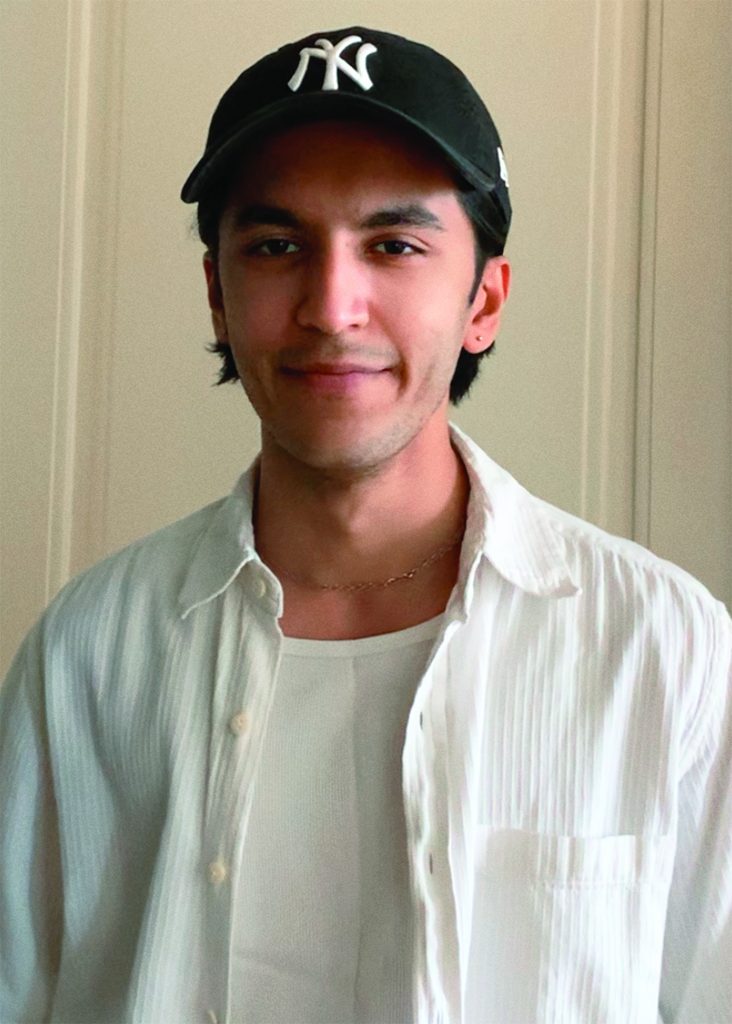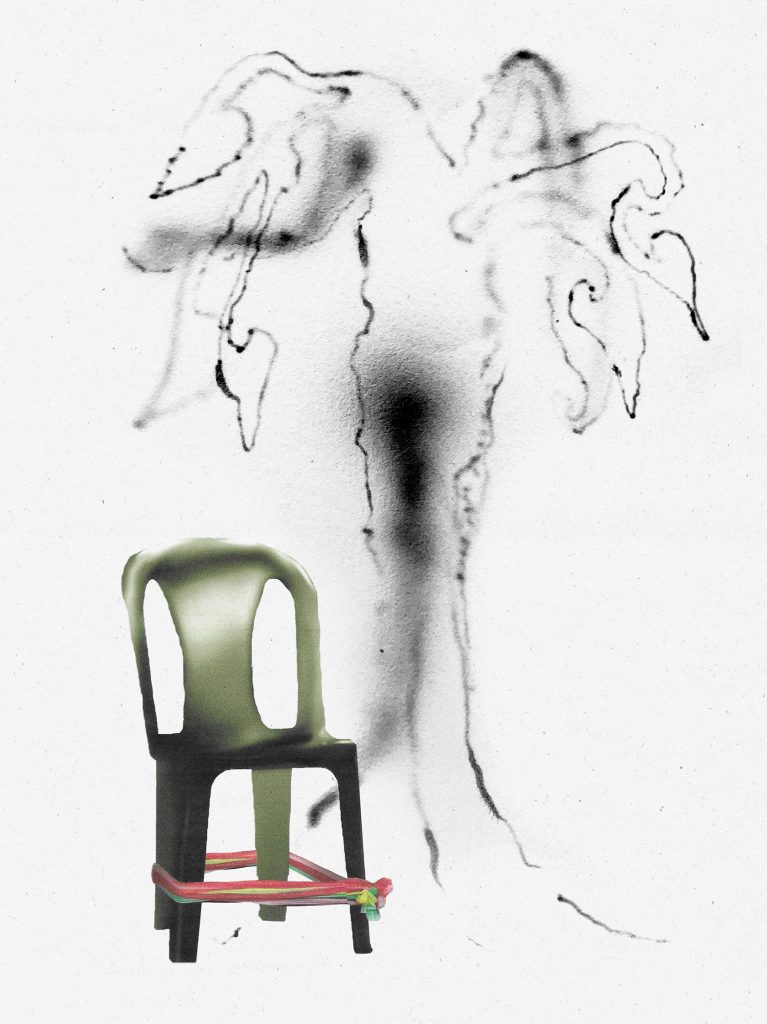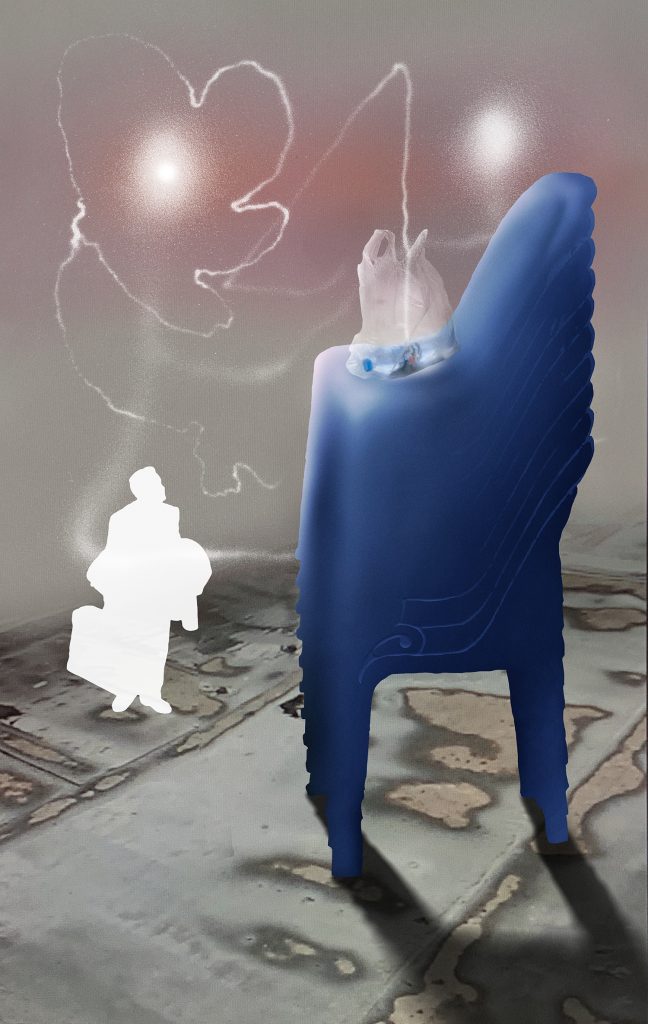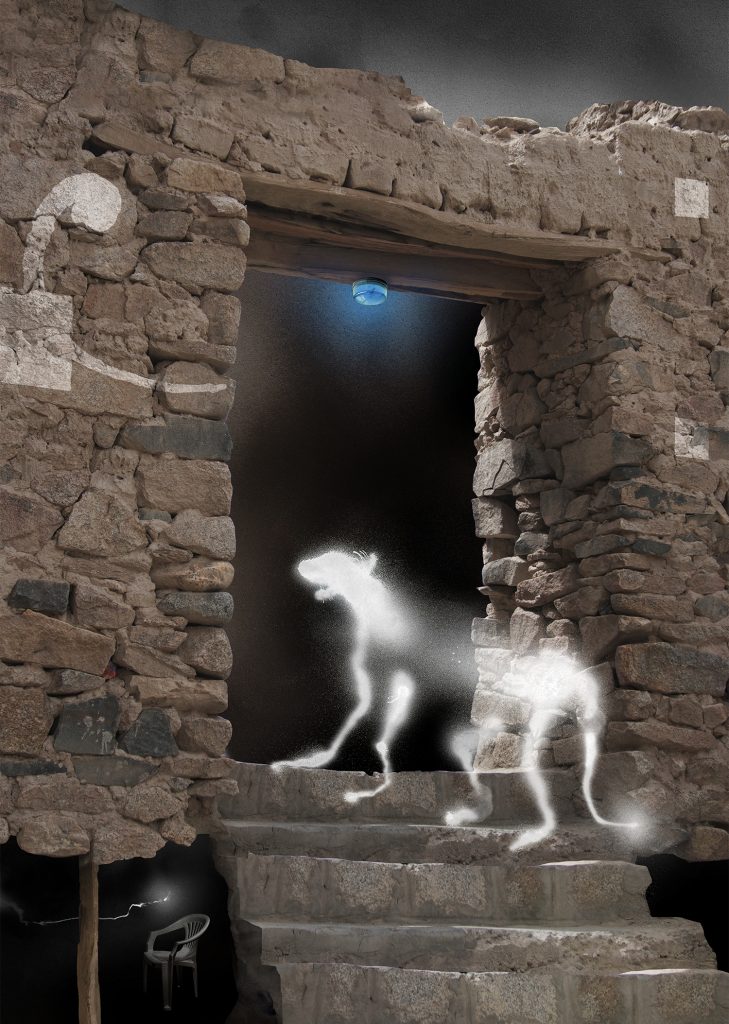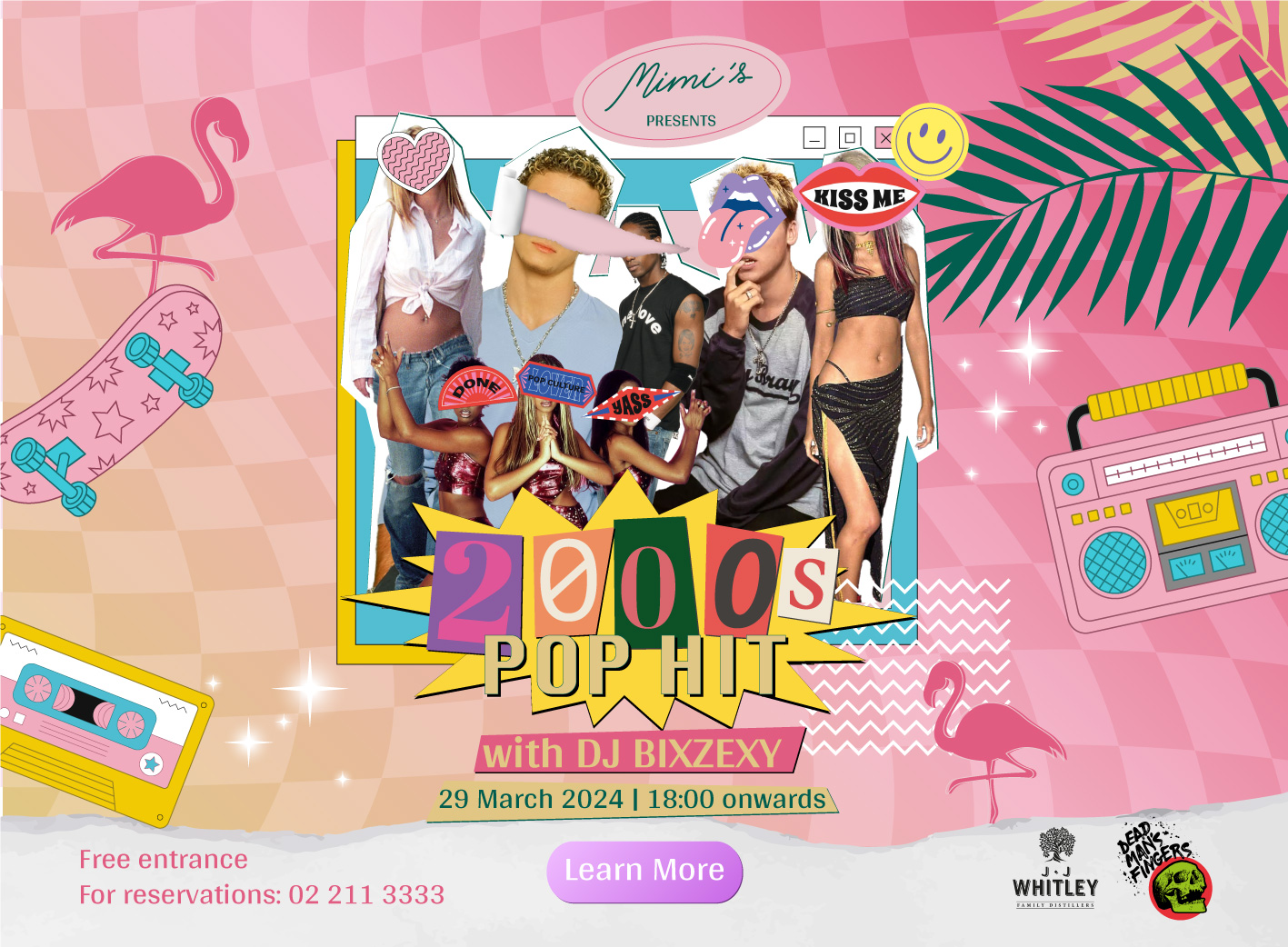The NYC and BKK-based artist offers a glimpse into his diverse portfolio.
By Ashima Sethi
Rohan Chaurasia is a budding graphic artist and designer whose identity as a third-culture individual, and childhood in Thailand, forms the strong foundation for his unique perspective and approach to art. With his work gaining traction, Rohan is now traversing between New York City in the United States and Bangkok, Thailand for his professional pursuits. He shares his journey with Masala and what to expect from his growing portfolio in the near future.
Can you begin by telling us a little bit about yourself?
I’m an artist and designer currently based in Bangkok where I’m working for a design studio called Farmgroup. I was born in Mumbai, India and moved to Thailand at a young age where I attended Bangkok Patana School (BPS) from kindergarten all the way through to my final year of the International Baccalaureate (IB). Throughout these years, I’d annually visit Kolkata, where my family is from, which a place that holds special significance to me. After graduating from BPS, I moved to the United States to attend the Rhode Island School of Design. Upon receiving my BFA in Graphic Design, I relocated to New York where I worked for a design firm called Pentagram.
Was the creative field always something that interested you, or was there a particular experience that sparked your interest in the arts?
I’ve always been interested in thinking and working creatively. Growing up, I’d draw, take photos, make books, construct paper sculptures, and play a lot of music. I formally pursued music before art or design—I played the violin, drums and trumpet, and studied music theory. I feel like this musical background infl uenced my interest in making art and design that can somehow oscillate between logic (the technical craft involved) and ambiguity (the emotional response evoked).
What made you come to the realisation that you wanted to pursue graphic arts at a higher education level and now professionally?
Towards the end of secondary school I recognised working creatively was what I was best at. I intuitively sensed it was something I needed to pursue further. I was (and to some extent, still am) the type of person that really wanted to do everything, all at once. I decided to study Graphic Design to let that curiosity flourish. I knew it would allow me to collaborate with different types of people, and work across multiple mediums, in both academic and professional settings.
Can you describe your approach to your work? What inspires your aesthetic? What are your favourite mediums, and why?
My approach is primarily organic, as I build up ideas as I go. I try to remain open to any new revelations that may emerge along the way. This way of working applies to both my craft and my research.
In my craft, I often combine digital tools with analog processes like drawing, airbrushing, and collage. Airbrushing is probably my favourite method right now. I’m intrigued by how it produces an aesthetic that feels enigmatic, almost like a whisper. There’s also a nostalgic element to it, as it reminds me of the “blow-pens” I used to use as a child.
In my research, beyond looking into academic sources, I’m interested in drawing inspiration from lived experience. For instance, many of my references come from things I’ve photographed in passing. Spontaneity is important here. I try to document anything that has an intuitive appeal to me.
Can you walk us through some of your favourite pieces and the stories behind them?
I’d like to share three projects—an installation, an album cover design, and a series of paintings.
A few years ago, I created an interactive installation titled Where Did You Come From, Where Will You Go? (pictured above), which explored reincarnation and contemporary myths. People were invited to climb the ladder, to take a quiz (printed on the inner surface of a hanging metal ring) that determines what someone will reincarnate as. My intention was to explore how the belief in the afterlife parallels the trust placed on quiz results, and how both can provide a simulated sense of hope.
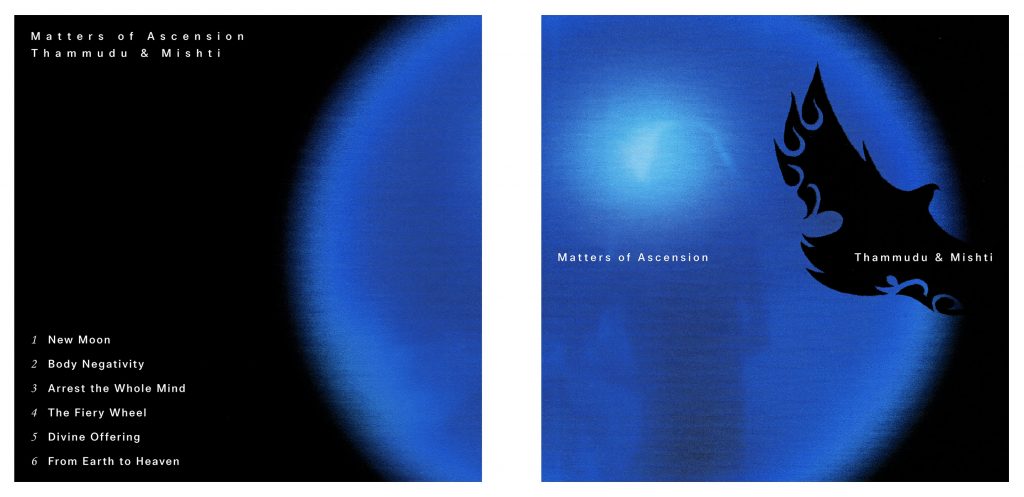
More recently, I had the opportunity to construct a mystical scene for Matters of Ascension, a collaborative EP by Thammudu & Mishti, released through TT Label in the UK. I developed the artwork based on both the musicians’ set of references, and their ideas surrounding cults, fundamentalism, and the promise of transforming material reality. It involved a collage combining a still from a South Indian horror film, depicting a figure walking toward a glowing light, overlaid with a drawing of an ominous bird. I loved the early stages of the process, where I had to listen to the album carefully, to try to understand and capture its musical essence.
I’ve currently been working on an ongoing series of paintings titled Waiting Room. Each of the works fuse digital painting, collage, and airbrushing. The series explores ideas of transience and animism, depicting everyday (plastic) chairs/stools in surreal imagined spaces. I’m particularly inspired by moments of quietude in Bangkok, that coexist within the frenetic pace of the city. I also think about spiritual forces that aren’t necessarily bound to sites of worship (like spirit houses, or temples), but can be found everywhere.
Many young Indians struggle with their desire to pursue a career in the arts as a result of societal pressure, feeling like they need to pick certain industries to succeed, and so on. Have your family always been supportive of your pursuits?
I’m grateful to have a supportive family, who were able to recognise the opportunities that came with studying design. The commercial viability attached to design (for better or for worse), also helped reassure them that the choice felt practical. I remember still placing a lot of pressure on myself. This probably stemmed from internalised cultural expectation, and the notion that I could or should be pursuing something “more important.” I ultimately learned to trust myself, which helped me gain clarity and confidence in my work.
What can we expect from you in the future?
I plan to push my work further, through continued research, practice, and experimentation. I’ve also become more comfortable with the idea of slowing down. In balancing commercial full-time work, and independent work, it’s easy to be at risk of burnout. I’ve found it’s healthy to take some of the pressure off by not being in a rush, understanding that there’s a long but hopeful road ahead.
If you’d like to view more of Rohan’s work, visit his website rohanchau.com



